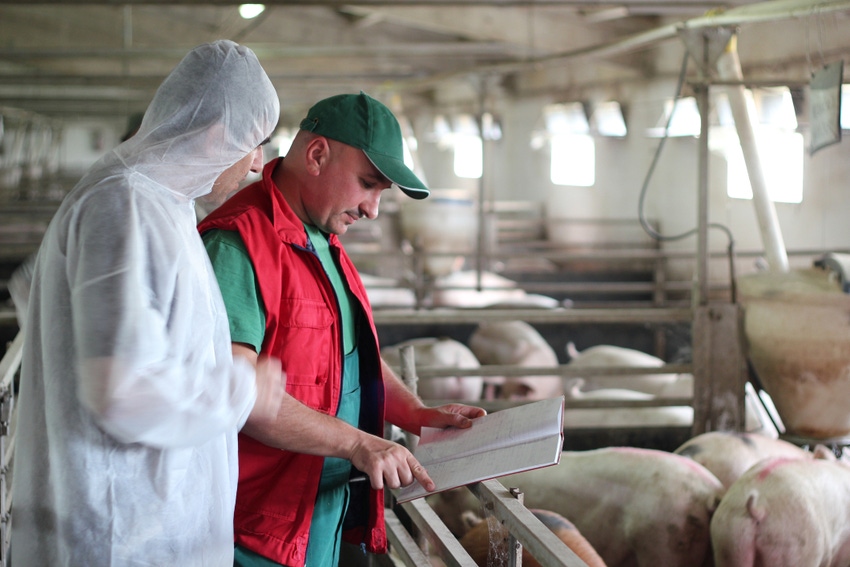December 23, 2016

The veterinary feed directive regulations take effect Jan. 1. Are you ready?
In an exclusive interview with editors from the VFD News Centers, William Flynn, DVM, MS, deputy director for science and policy for FDA’s Center for Veterinary Medicine, clarified some points of the new veterinary feed directive (VFD) regulations.
Q: Let’s discuss scheduling. What if medicated feed is received on the farm toward the end of December? How does that feed need to be managed? For example, if the feed was made and shipped just prior to January 1, can you confirm that a VFD is needed as of January 1 to use that product?
WF: Yes. I know this is a question of concern, and there’s been a lot of work leading up to the Jan. 1 date. Clearly, this was a reason why we set out a 3-year timeline — to provide time for all affected stakeholders to really start preparing.
We’ve been working with the pharmaceutical companies that market these products to look at ways of helping to manage inventories in preparation for the Jan. 1 date. There are already some newly labeled products entering distribution channels, and other strategies have been in the works to try and manage inventories — recognizing that we ultimately have to transition a large number of products from old to new labeling.
The objective is that, as of Jan. 1, products affected by the updated VFD rule will be used according to the new set of conditions. As of Jan. 1, it’s our desire that VFD drugs not be used for growth promotion or feed efficiency because that would no longer be a legal use. And as of Jan. 1, VFD drugs should be used under the oversight or authorization of a veterinarian.
Technically, that’s what we would like — right? That would be ideal, but we also recognize that it’s not going to be physically possible in some cases to get all that done on that target date. The reality is that on the stroke of midnight Jan. 1, there will be some product — including at the farm level — that won’t be labeled according to the new use conditions. We understand there’s going to be a transition period that folks have to work through. There may be feed that’s literally in the feed bin on Jan. 1 and that feed has to be fed through, although new batches of feed with a VFD drug coming in clearly would need to be under a VFD.
So, for existing feed and from a compliance standpoint, VFD feed should technically be used under a VFD as of Jan. 1, but I would say our compliance focus, particularly as we begin the new year, is education.
Our intent is, by no means, to be looking to catch folks or take action immediately upon implementation of the updated VFD regulation. During the initial phase, we hope folks are using due diligence as soon as possible to use up the feed they have and get their animals and the use of VFD products under a VFD authorization from a vet. Again, any kind of inspection or compliance activities we’re doing in the early phases of this initiative as we begin the new year are going to be focused on education and making sure folks understand the new requirements.
Q: It sounds like FDA is going to be pretty flexible and understanding the first couple weeks of 2017. If the veterinarian is away for the holidays, for instance, and he or she is not available, you’re saying it’s not the end of the world.
WF: Exactly. We want to stick to Jan. 1 as our target date, but we understand we’re going to have to provide some flexibility so folks can deal with the feed that’s moving through the system and get those products under the authorization of a veterinarian.
I think this is what folks are concerned about ��— that enforcement action might be taken against them immediately if they’re not in compliance. But again, we recognize we need to provide some flexibility and are taking that into account and in our instructions to field inspectors. The main instruction to them in the early stages is if you’re inspecting a particular facility, and there are issues, the main focus is making sure the producer, the feed mill or whoever’s involved understands the requirements and really focus on it as an educational opportunity.
Certainly, down the road and as we move further into the year, we’ll have to shift more to a compliance or enforcement mode at some point if we still see problems in a given operation.
Source: Zoetis
About the Author(s)
You May Also Like




